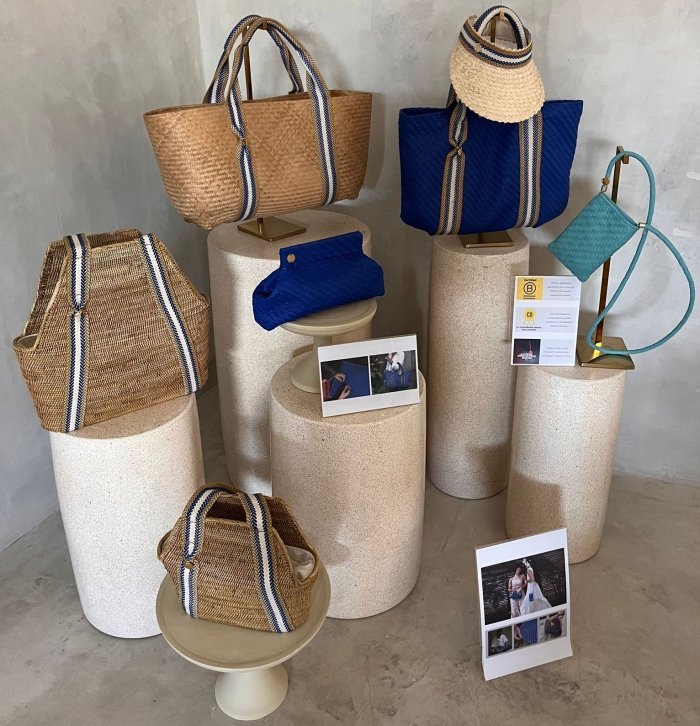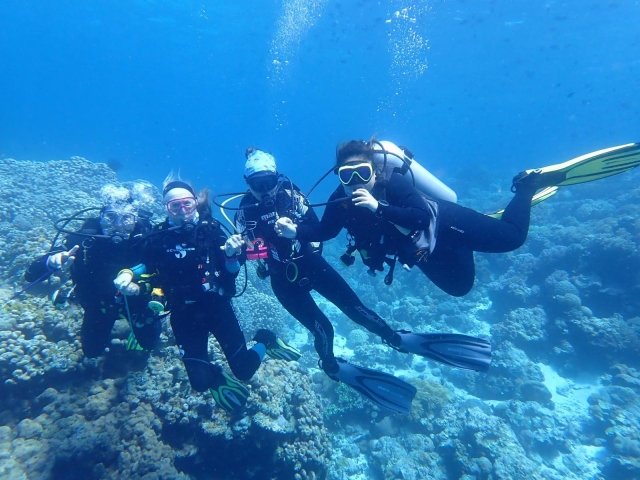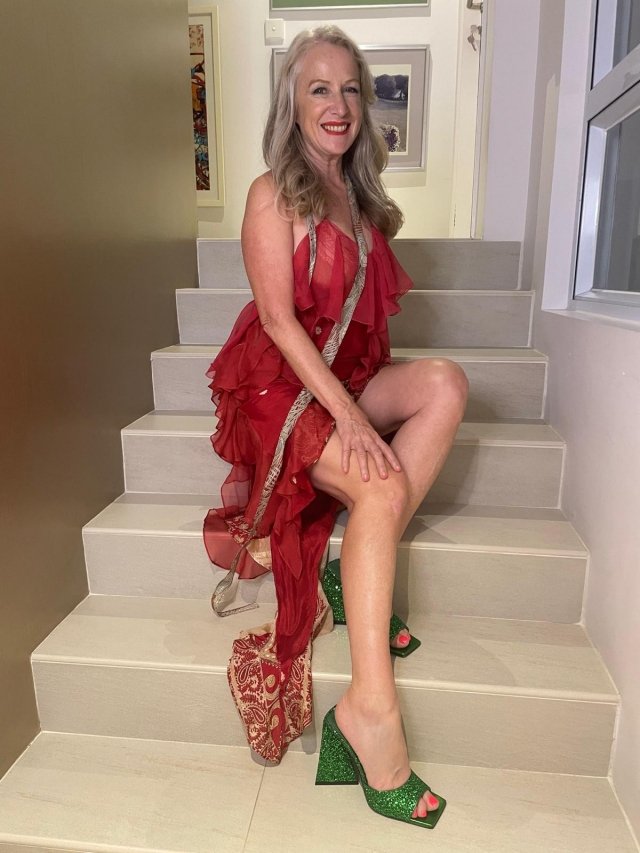The recent news in fashion has been awash with the extremes of circularity to overconsumption. Shein achieved its highest sales in the first two quarters of 2023. Meanwhile, BoF had an excellent article on thrifting: “Resale won’t fix fast fashion’s sustainability issues”.
Photo by cottonbro studio
So let’s have a look at thrifting and what a great step forward this is for the future of fashion.
What exactly is thrifting?
Thrifting - Meaning:
“Simply put, thrifting means to go shopping at a thrift store, garage sale, or flea market where you’ll find gently used items at discounted prices.”
This is a recently popularised term since consignment and preloved shopping have become new ways to engage with fashion.
So, it is a good thing - right? It adds a circular dimension to the Fashion economy, where consumers can buy “gently used” items instead of more fast fashion.
But is that really what happens?
In the earlier mentioned “Business of Fashion” article published this week, “Resale won’t fix fast fashion’s sustainability issues”, BoF discussed the issue of millions of pieces of fast fashion products showing up on resale sights. So much so that “Vestiare Collective” have banned brands like ASOS and Boohoo from listing on their site. The enormous quantity of fast fashion that has been produced in the past two decades is choking our world and resale sites.
To resell is said to be “disposing of clothing responsibly”. Yet what value do these clothes have?
What is the point of thrifting anyway? After some thoughts and discussions with experienced thrift shopper Daisy, a few interesting points came into view.
The intention of thrifting is:
To dispose of clothing responsibly
To add a circular element to the fashion system.
To acquire unusual clothing to contribute to your own unique style/wardrobe.
To buy something aspirational at a lower cost, so you can actually own a brand you could normally not afford.
Sadly, it seems some consumers are using thrifting to shop trends. So now there is another step in the fashion cycle, and because thrifted clothes are even cheaper, no wonder the primary production of cheap clothing is still increasing. This completely defeats the object of resale. Why is it that when there is an opportunity to be more conscious of shopping choices, we so easily take the approach of buying more, using quickly and discarding it to buy more again? “If you are approaching thrifting the same as (Using) fashion in general, there’s no point” — quote from Daisy.
So where do we go with all of this? We cannot stop the over-production. After all, Shein “achieved its highest profits in the first half of 2023”. So many consumers are not “with the programme” of conscious shopping. What can we do as individuals?
Consider why you are buying it.
Develop a personal style. Get to know what suits you and populate your wardrobe accordingly. This is very fulfilling.
Don’t shop trends.
Fast Fashion is not bad; it is the behaviour of throwaway fashion that causes the issues.
Value your clothes.
Educate yourself so that you understand the impact of your behaviour.
Most of all - Enjoy fashion; love life! My mantra!
With love,
Kate
Kate Padget-Koh

















